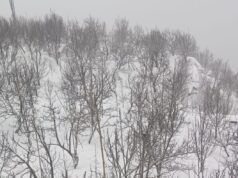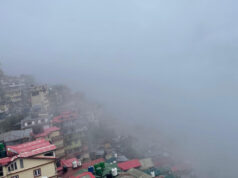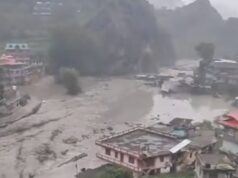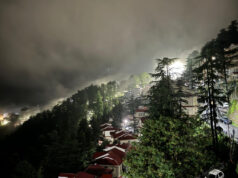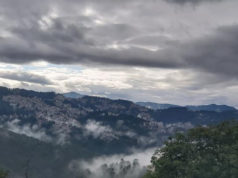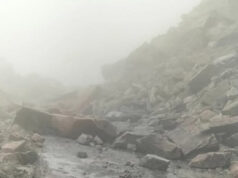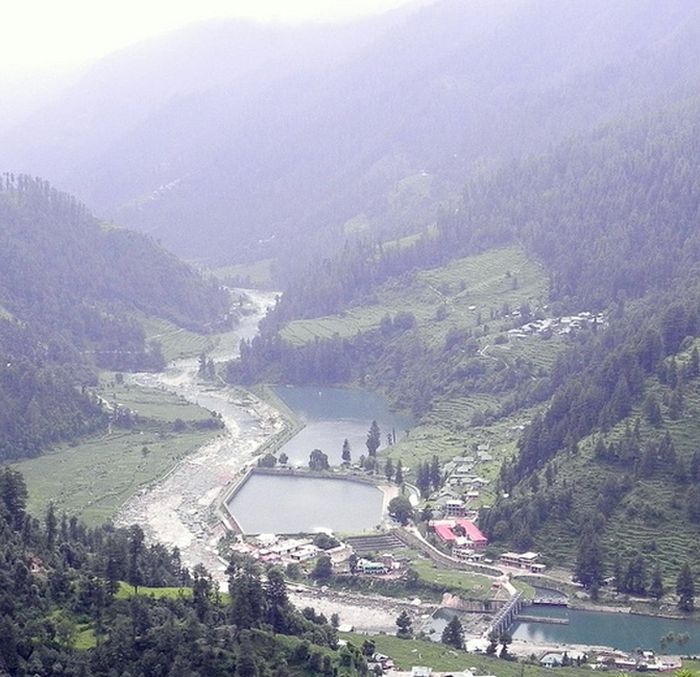
Shimla: Light to moderate snowfall continued in the higher reaches of Himachal Pradesh, while intermittent rains lashed several parts of the middle and low hills, causing disruptions in traffic and power supply. The local Meteorological Department has issued an orange alert for heavy to very heavy snowfall and rain in Mandi, Kangra, Kullu, and Chamba districts for Thursday and Friday. A yellow alert has been issued for the Lahaul and Spiti and Shimla districts, warning of heavy snow and rain during this period.
The inclement weather has severely impacted daily life, with over 160 roads, including two national highways, blocked due to snowfall. The Atal Tunnel Rohtang remains closed, cutting off Lahaul from Manali, while NH-305 through Jalori Pass is also impassable. Lahaul has received more than one and a half feet of snowfall, leaving 90 percent of the villages without electricity. In response to the extreme conditions, the Lahaul-Spiti administration has declared a holiday for all educational institutions on Thursday, citing avalanche threats due to continuous heavy snowfall.
Chamba district has also been severely affected, with 45 roads blocked and power lines down in multiple locations. Transformers have shut down in 165 villages, plunging them into darkness. The tribal region of Pangi has recorded snowfall ranging from half a foot to one foot, forcing residents to remain indoors. The Resident Commissioner of Pangi has ordered the closure of all educational institutions on Thursday for students’ safety.
Since Wednesday evening, Keylong has received 20 cm of snow, Khadrala 12 cm, Kukumseri 9.6 cm, Hansa 8 cm, and Kalpa 3.4 cm. Rainfall figures indicate Sarahan received 29.1 mm, Seobagh 22.2 mm, Manali 19 mm, Bharmour 17 mm, and Jot 16 mm. Shimla, Solan, Kalpa, Mandi, Kufri, and Kasauli received between 2 to 5 mm of rain.
The coldest temperature was recorded in Tabo, Lahaul-Spiti, at minus 4.5 degrees Celsius during the night. Meanwhile, the state has received only 70.4 mm of rain this winter season (January 1 to February 27), significantly below the normal rainfall of 181.7 mm, marking a 61 percent deficit.
It’s advisable to avoid unnecessary travel, particularly in higher altitude regions, due to the heightened risk of avalanches and roadblocks. Restoration of roads and power supply is underway, but continued snowfall poses challenges to relief efforts.


